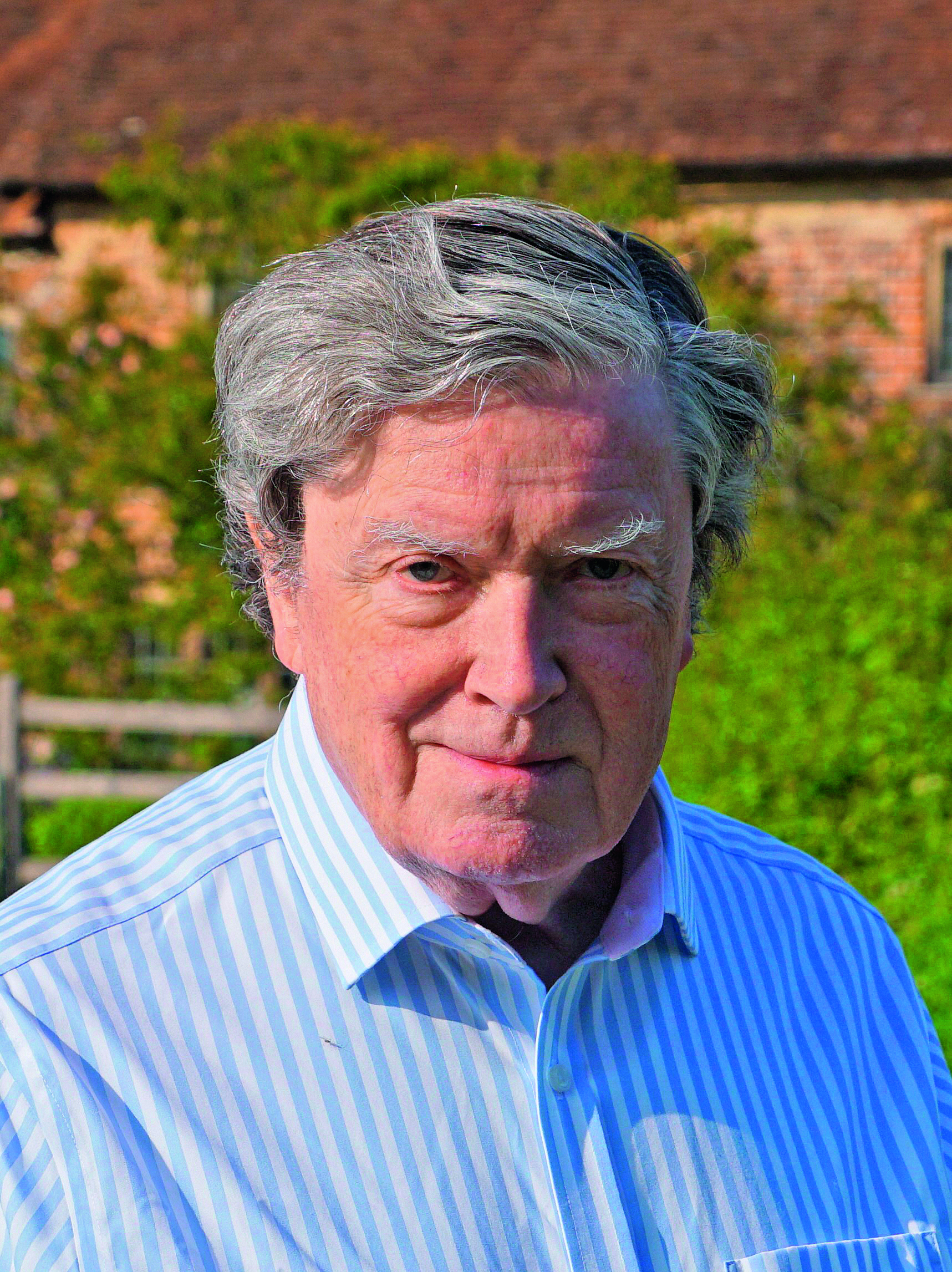Inside the National Trust's secret nursery
Charles Quest-Ritson was invited in to the National Trust's top-secret plant nursery. Here's what he discovered.

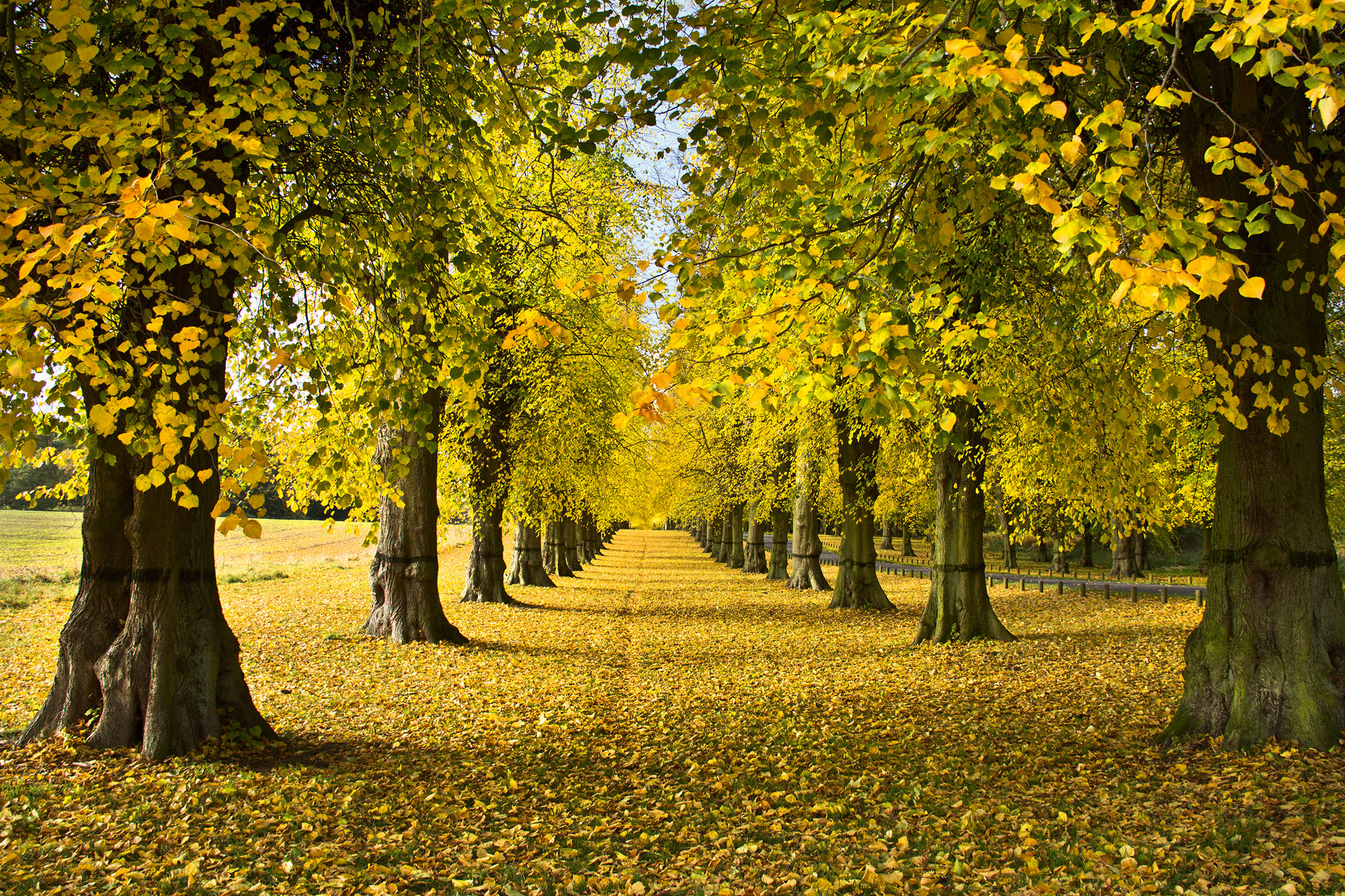
Back in August, I visited a secret plant nursery — so secret, indeed, that even the people who acquire its plants do not know where it is based. It belongs to the National Trust and lies somewhere in the West Country. Its purpose is to rescue and propagate the hundreds of rare plants that exist in Trust gardens.
Why is this important? Sometime in the 1970s, it dawned on the Trust that its portfolio of gardens contains the largest number of different plants in the world. Many are rare, some are of historic importance and more than you might suppose are unique survivors — the last of their kind. When John Sales started work as the Trust’s chief gardens adviser in 1973, he discovered that there had been no attempt to tackle the daunting task of cataloguing this astonishing collection — ‘it did not even figure in the Trust’s priorities,’ he confessed. In 1982, however, he was able to set up a central nursery by adding to the existing facilities at Knightshayes garden in Devon, which proved its value when replacements were needed for some of the trees and shrubs lost in the storms of 1987 and 1990.
All gardeners soon discover how easy it is for seedlings, cuttings and young plants to succumb to fungal infections. This became such a problem at Knightshayes that the only solution was to build a new nursery in a remote site with the strictest rules for the control of plant health. Those rules and precautions still apply. ‘Please wear shoes with little tread that you do not mind going through a scrub and a foot dip’ was the request of Alison Crook, the trust’s curator of living collections, when I visited the new nursery. ‘Phytophthora ramorum hides in the smallest amount of soil,’ she added, ‘and an outbreak means we’d have to destroy everything within 20ft.’
Once I was safely inside the high-security perimeter fence, she showed me the vast range of equipment, ready to propagate everything from aloes and agaves for Cornish gardens to rowans and alders for Ilam Park in Derbyshire. I was impressed by a stool bed of coppiced lime trees from all the historic avenues of Trust properties, from which the correct replacements can be matched in the event of losses. I admired a fuchsia called ‘Hidcote Beauty’ from Lawrence Johnston’s original planting 70 years ago and a batch of Sciadopitys verticillata grown from seed when the original tree at Knightshayes was killed by frost. Most of all, I admired a trayful of tiny newly rooted cuttings from Graham Stuart Thomas’s heritage rose garden at Mottisfont Abbey, many of which are no longer sold in Britain or by nurseries anywhere in Europe.
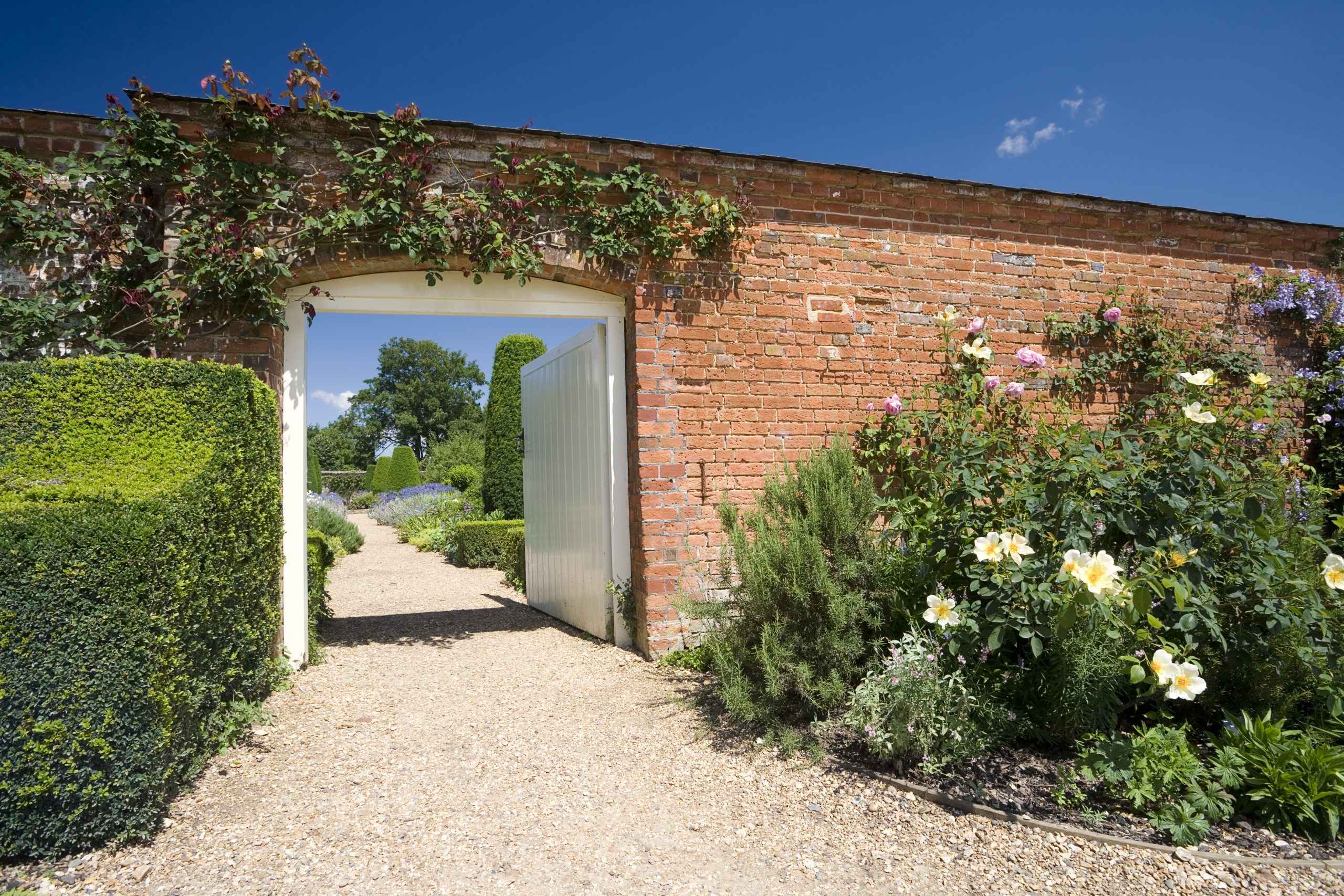
But why, I asked, don’t the gardens do their own propagation? Many of them do — ‘a garden that is not propagating is a garden in decline,’ says Andy Jasper, the current director of gardens and parklands — but the Trust has strict quarantine rules to minimise the risk of pests and diseases passing between properties. No plant is allowed to travel more than 10 miles from the garden where it is raised without costly extra processes to meet legal plant-passporting requirements, similar to those for the movement of farm animals. In effect, this means that if a garden has a good batch of seedlings or rooted cuttings, they can only be used in the garden where they were propagated.
Here is an example of the work of the secret nursery. One of the most successful breeders of new rhododendrons in the post-war years was a Dorset nurseryman called George Hyde. In 1996, Rosemary Legrand, his daughter, presented more than 500 mature plants of her father’s azalea and rhododendron hybrids to the Trust garden at Kingston Lacy in Dorset. Many were named, but some were still under trial and others had already won awards from the RHS.
Among them was a spectacular unnamed hybrid of the yellow Rhododendron wardii. The Trust sent material to Duchy Nursery in Cornwall for micropropagation and the plantlets were sent back to the Trust’s nursery for growing on. This was just as well, because the original plant then died. The plantlets have been successfully grown on and are now ready for planting. Three will shortly go back to Kingston Lacy and be given a cultivar name by Mrs Legrand.
Exquisite houses, the beauty of Nature, and how to get the most from your life, straight to your inbox.
Keeping good records is the key to successful conservation. The Trust’s database lists every plant in every one of its gardens. It is, therefore, easy to discover which ones are so rare that they need to be propagated. There is now a policy of sending spares to other gardens — not only the Trust’s — to share the task of conservation. Plants of Mr Hyde’s R. wardii hybrid will also be sent to Lord Digby’s garden at Minterne, Dorset, famous for its rhododendrons. And head gardeners all over Britain will shortly be receiving plants for winter planting from the Trust. But none of them will know exactly where those plants were raised. That’s the big secret of the secret nursery.
Charles Quest-Ritson wrote the RHS Encyclopedia of Roses
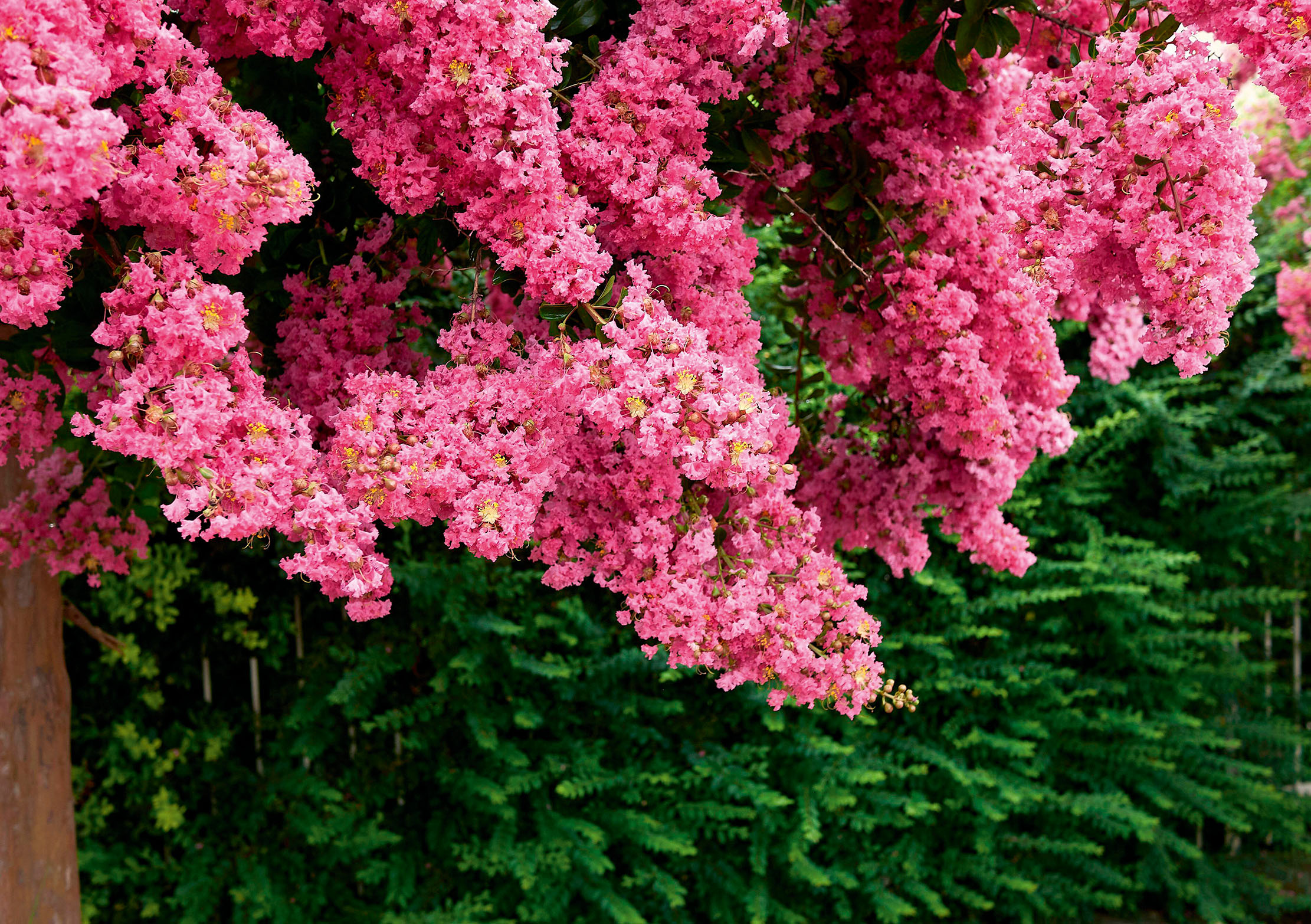
Charles Quest-Ritson: In praise of climate change
'Scorn the batty arguments of those who deny that changes have happened and are happening,' says our columnist. And while
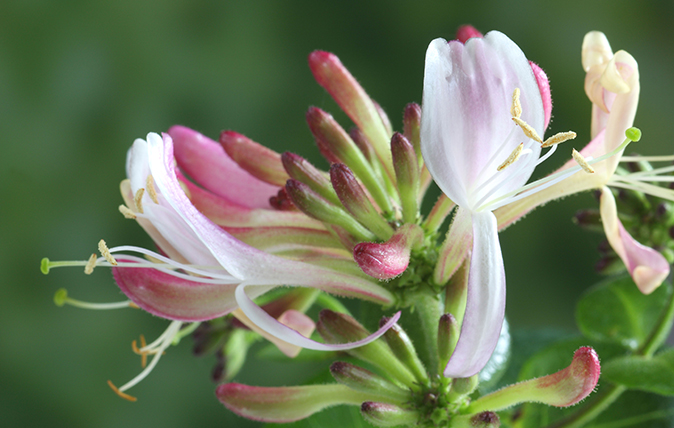
The best honeysuckle to grow in your garden – especially if they’re gifts from now-departed friends
Charles Quest-Ritson extols the virtues of delightful honeysuckle.
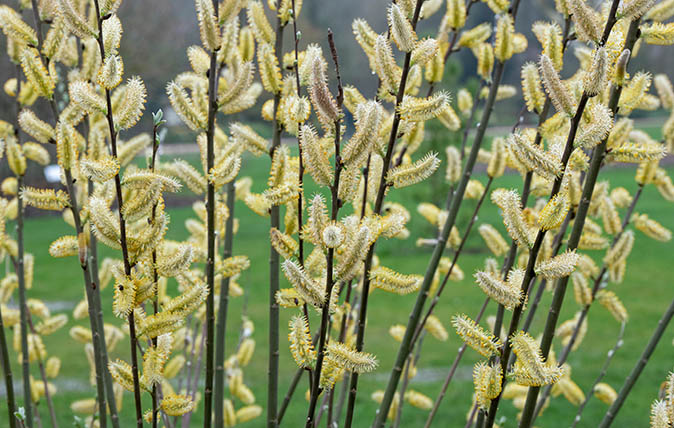
What to plant if you're thinking of putting a willow in your garden
Charles Quest-Ritson offers advice on this incredibly vibrant plant.
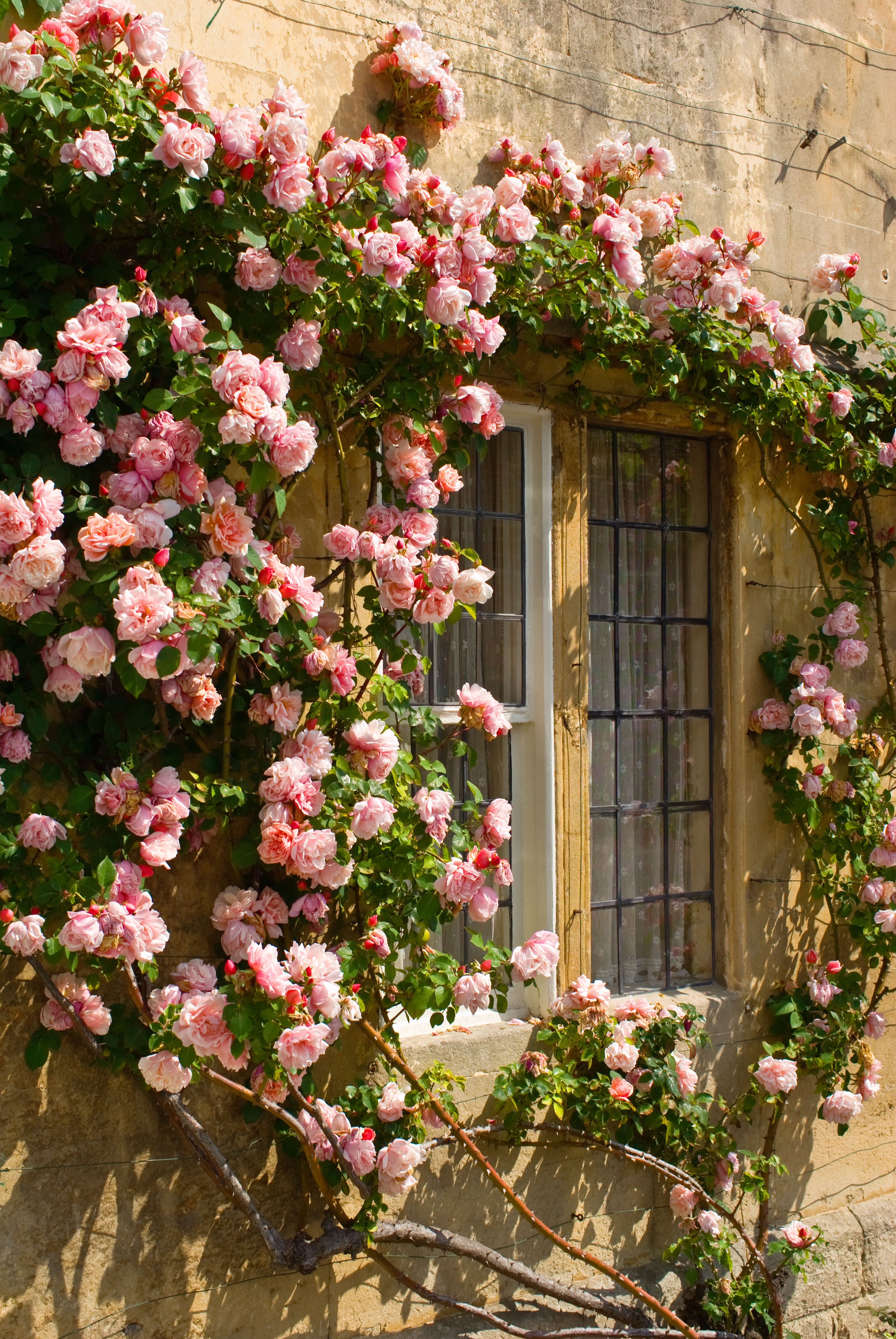
The rose variety that's ridiculously easy to grow: 'Stuff some cuttings into the soil and two years later, they'll be flourishing'
Rose expert Charles Quest-Ritson on the delights of the rambling rose.
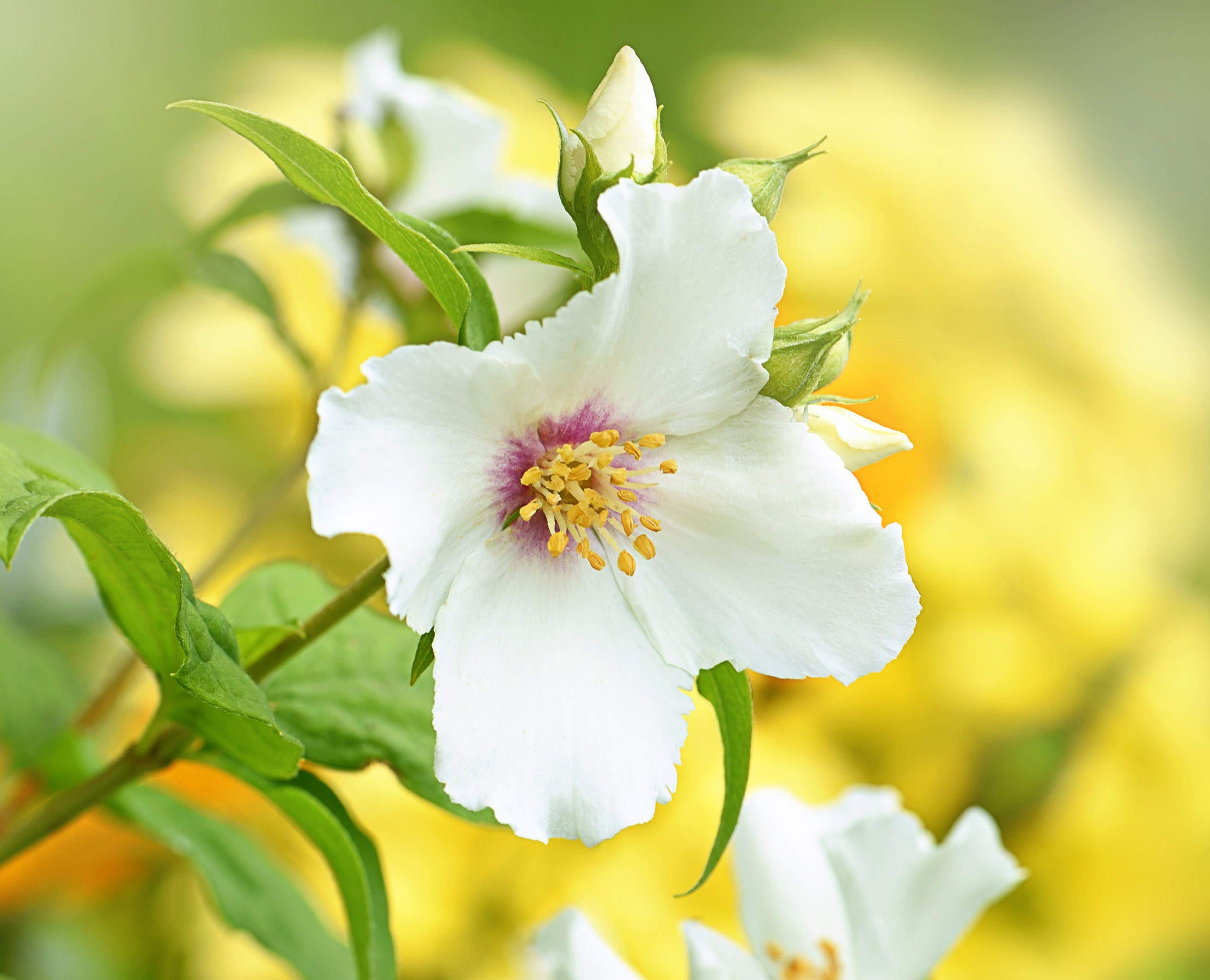
Credit: Getty Images
Charles Quest-Ritson: Why every gardener in Britain should be growing philadelphus
Charles Quest-Ritson's list of flowers that every garden should own includes the usual names — rose, daffodil, clematis. But he'd also
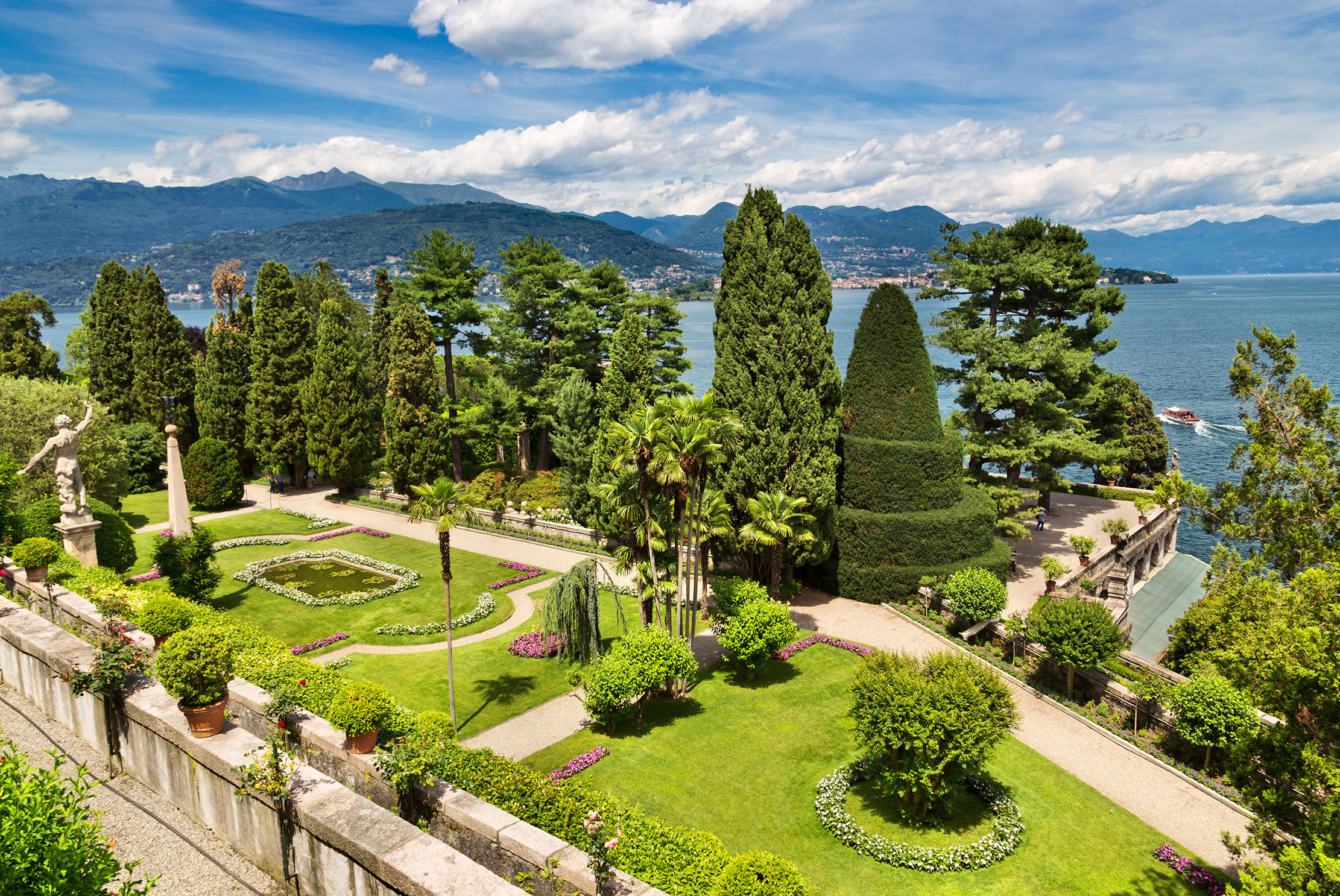
Charles-Quest Ritson: 'Gardens are like people — most of them don’t age well'
Charles Quest-Ritson reminisces on his younger days and laments the passing years — not least our shared tendency with gardens to

Charles Quest-Ritson: The secret to enjoying gardens in beastly cold, deepest winter
Our columnist has a suggestion for enjoying January, albeit one that doesn't involve staying put in England.

Charles Quest-Ritson: What English country gardeners can learn from their German counterparts
Charles Quest-Ritson has spent years making trips to Germany to gather ideas and new plants — but is puzzled that nobody
Charles Quest-Ritson is a historian and writer about plants and gardens. His books include The English Garden: A Social History; Gardens of Europe; and Ninfa: The Most Romantic Garden in the World. He is a great enthusiast for roses — he wrote the RHS Encyclopedia of Roses jointly with his wife Brigid and spent five years writing his definitive Climbing Roses of the World (descriptions of 1,6oo varieties!). Food is another passion: he was the first Englishman to qualify as an olive oil taster in accordance with EU norms. He has lectured in five languages and in all six continents except Antarctica, where he missed his chance when his son-in-law was Governor of the Falkland Islands.
